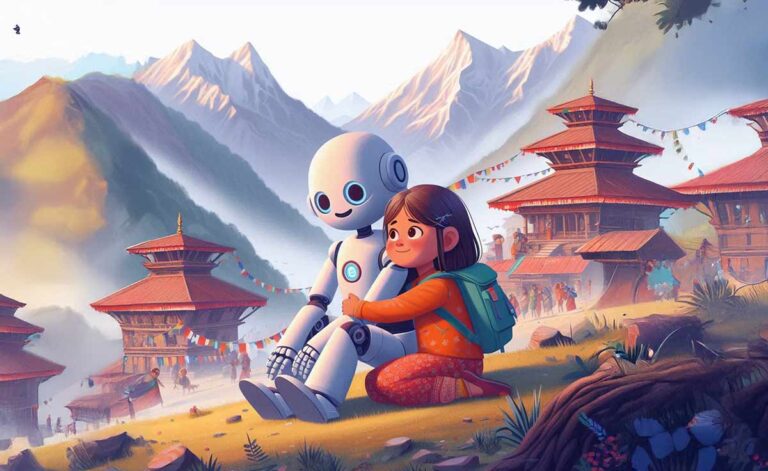Search Engine Optimization (SEO) is the process of optimizing a website or online content to improve its visibility on search engines like Google, Bing, and YouTube. The primary goal of SEO is to attract more organic (non-paid) traffic by appearing higher in search engine results pages (SERPs) for relevant queries.
What is SEO?
SEO involves optimizing various elements of your website, including:
- Keywords: Identifying and integrating relevant terms users search for.
- Content: Creating valuable, engaging, and high-quality content.
- Technical Setup: Ensuring your website is user-friendly, mobile-responsive, and fast-loading.
- Backlinks: Earning links from authoritative websites to establish credibility.
SEO is broadly categorized into three types:
- On-Page SEO: Optimizing the content, titles, and meta descriptions on your site.
- Off-Page SEO: Building backlinks and increasing your site’s authority.
- Technical SEO: Enhancing the technical aspects like website speed, schema markup, and structured data.
SEO Algorithms Theory
Search engines use algorithms to determine the ranking of websites. These algorithms evaluate content based on numerous factors, which can differ across platforms:
1. Google SEO Algorithms
Google is the most dominant search engine, and its algorithms are constantly updated. Key Google algorithms include:
- Google Panda: Focuses on content quality. Penalizes duplicate or low-quality content.
- Google Penguin: Targets spammy backlinks and link schemes.
- Google Hummingbird: Enhances the understanding of search intent.
- Google RankBrain: Uses AI to interpret user intent and improve query matching.
- Google Core Web Vitals: Measures page experience, including loading speed, interactivity, and visual stability.
2. Bing SEO
Bing, Microsoft’s search engine, emphasizes:
- Social Signals: Integrating social media engagement as a ranking factor.
- Keyword Match: Prefers exact keyword matches more than Google.
- Visual Content: Performs well with optimized images and videos.
3. YouTube SEO
As a video platform, YouTube uses its own algorithm to rank videos based on:
- Watch Time: The total time users spend watching your videos.
- Engagement: Likes, shares, comments, and subscriber growth.
- Metadata: Optimized titles, descriptions, and tags.
- Thumbnails: Click-worthy visuals encourage higher click-through rates.
4. Facebook SEO
While not a traditional search engine, Facebook’s internal search and content discovery depend on:
- Engagement Metrics: Likes, shares, and comments influence visibility.
- Relevance: Content relevance to the user’s preferences and behavior.
- Hashtags and Keywords: Help categorize content and improve searchability.
5. Amazon SEO
Amazon uses an A9 algorithm, prioritizing:
- Sales History: Popular products rank higher.
- Customer Reviews: Positive reviews boost rankings.
- Relevance: Keywords in product titles and descriptions.
6. Pinterest SEO
Pinterest uses visual-based SEO, focusing on:
- Rich Pins: Providing detailed metadata for enhanced discovery.
- Engagement: Pins with high interaction rank higher.
- Hashtags and Descriptions: For better categorization and searchability.
ETCETERA…
SEO varies by platform, but the universal principles include understanding your audience, creating valuable content, and optimizing technical aspects. Whether on Google, YouTube, or Bing, focusing on relevance, engagement, and user experience will drive better rankings and visibility.









